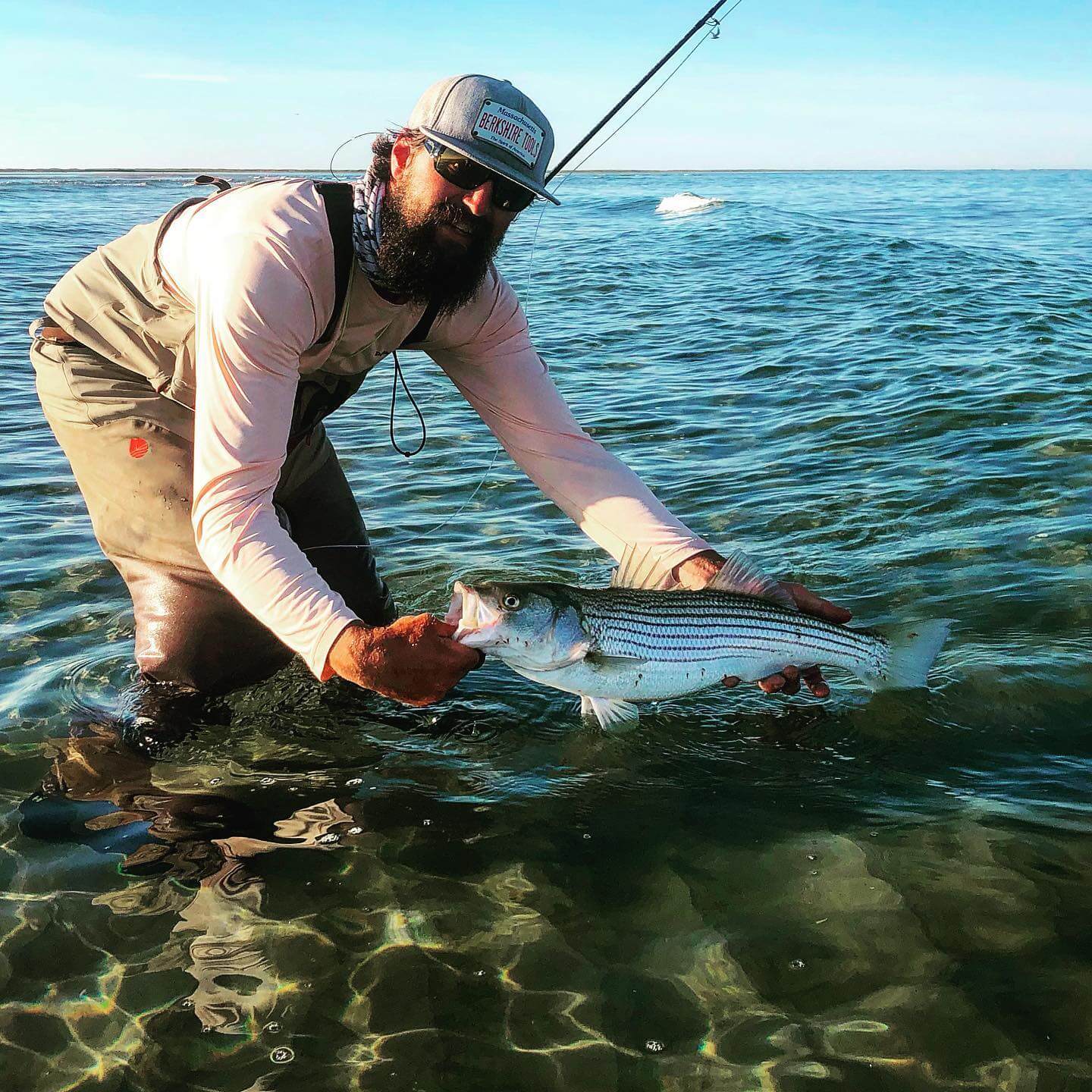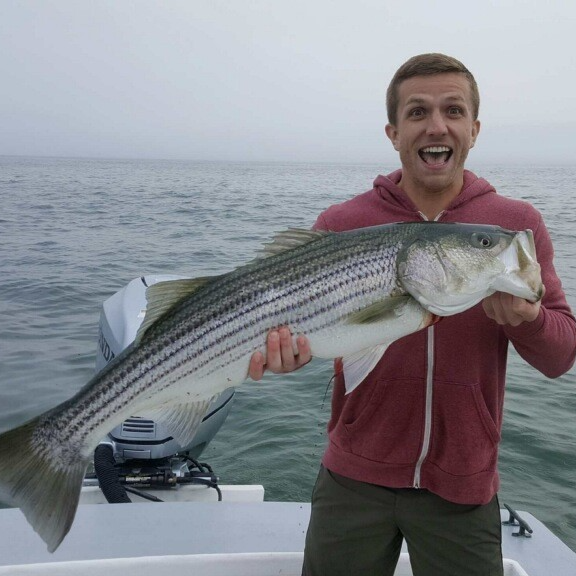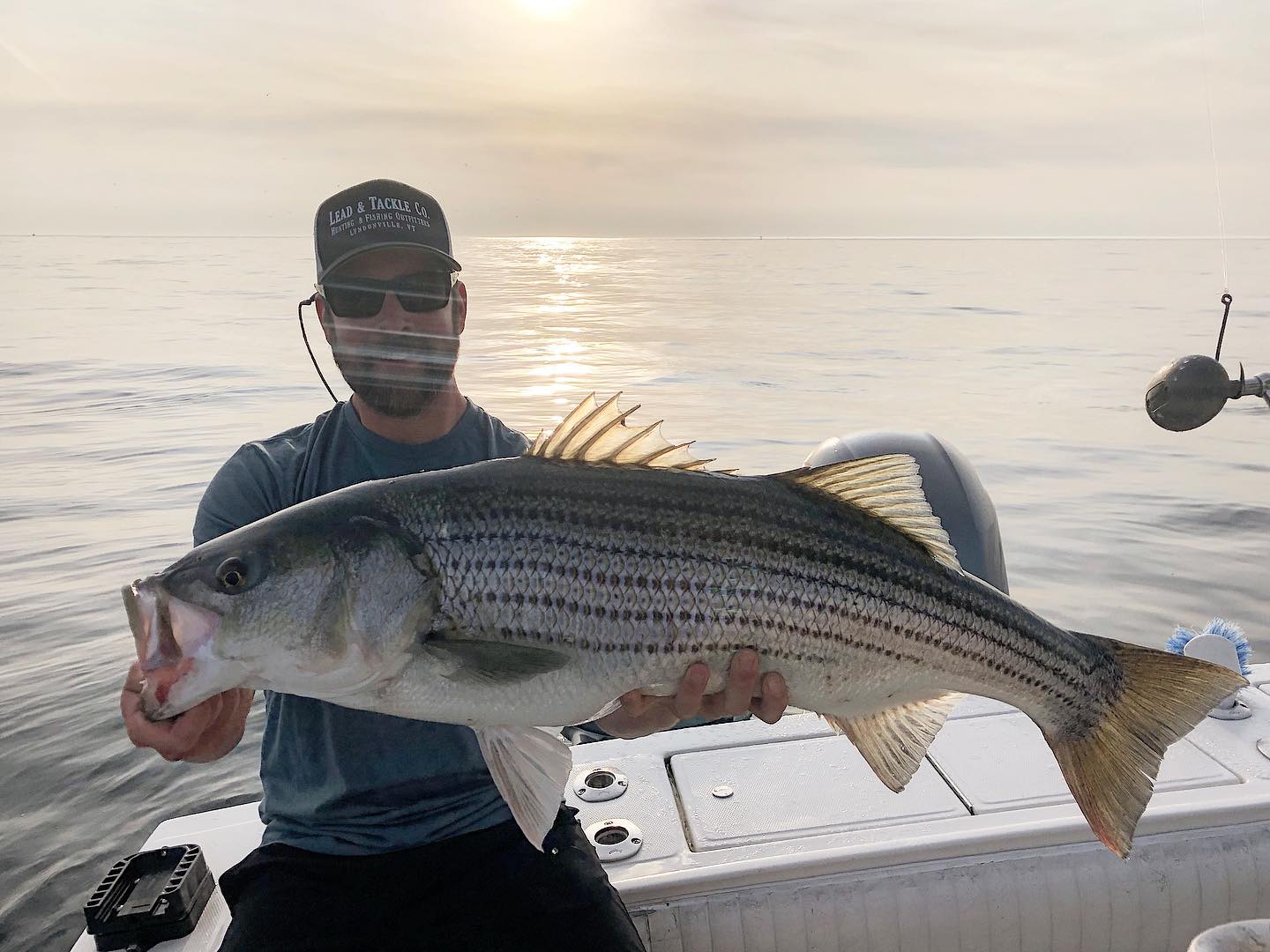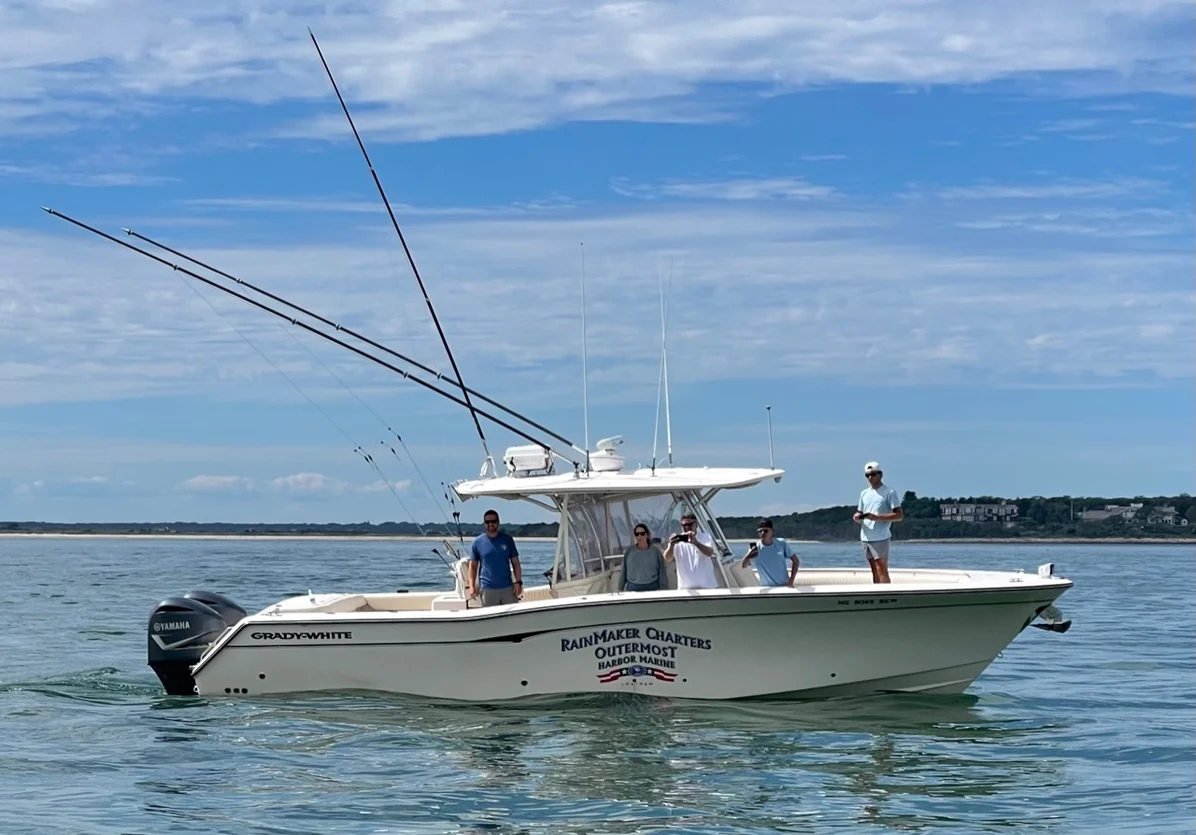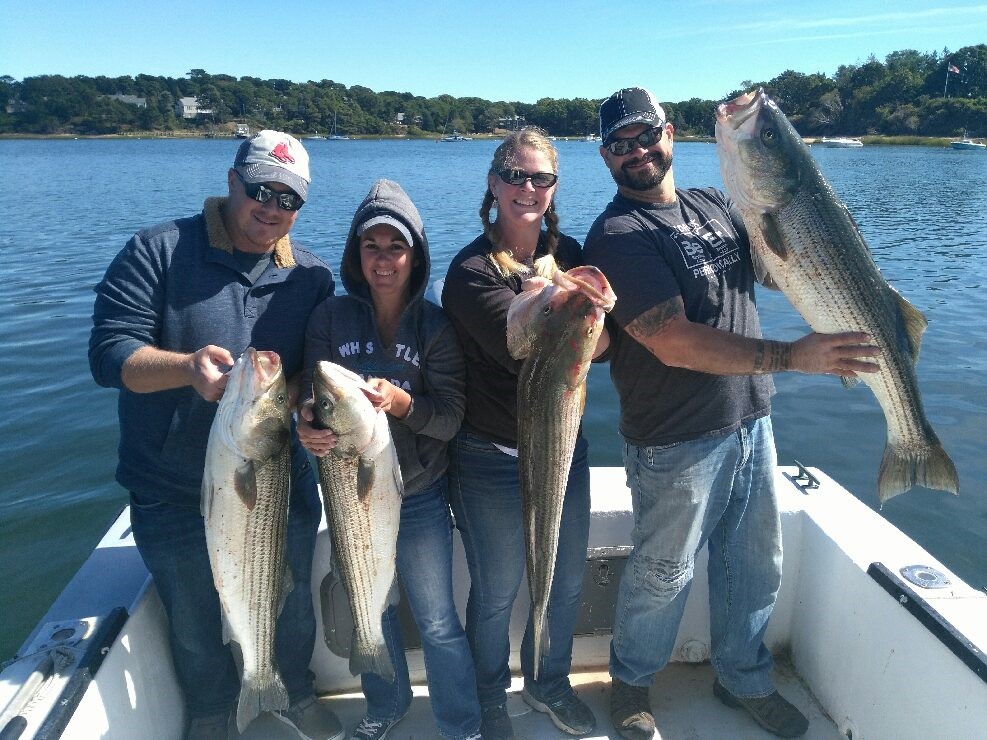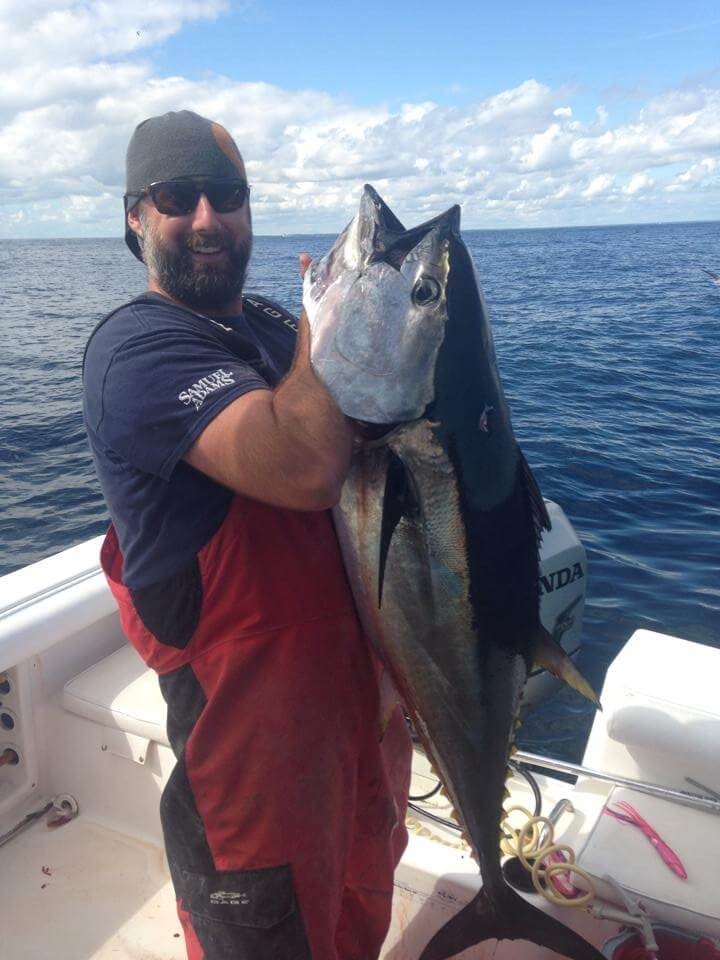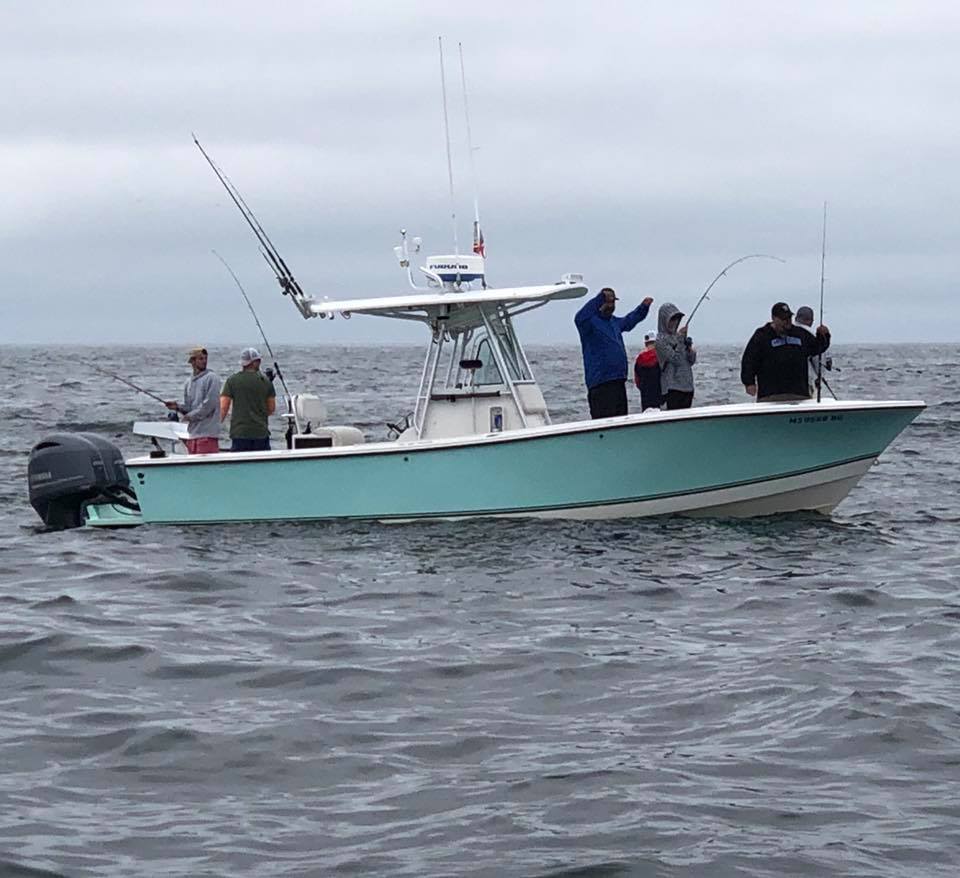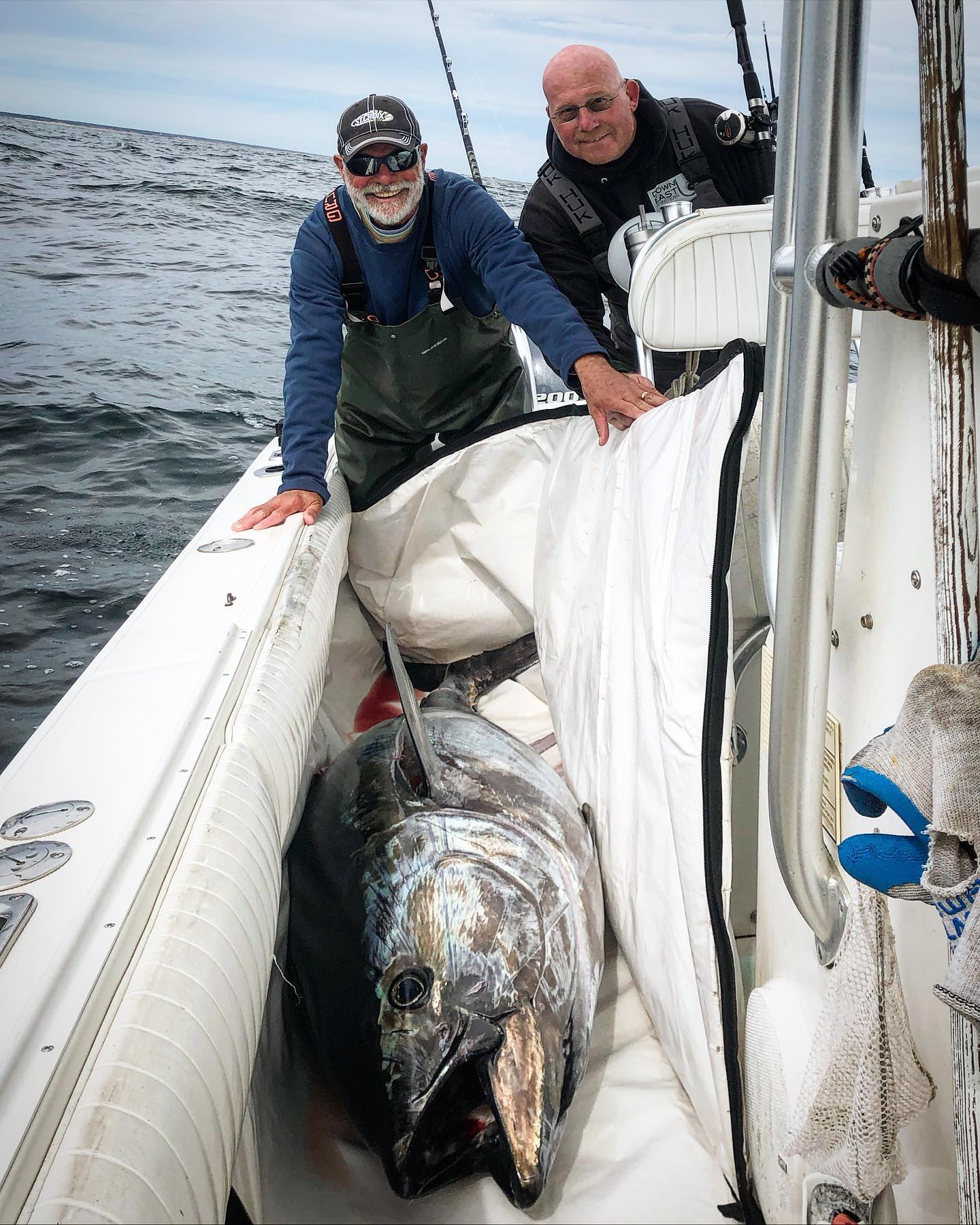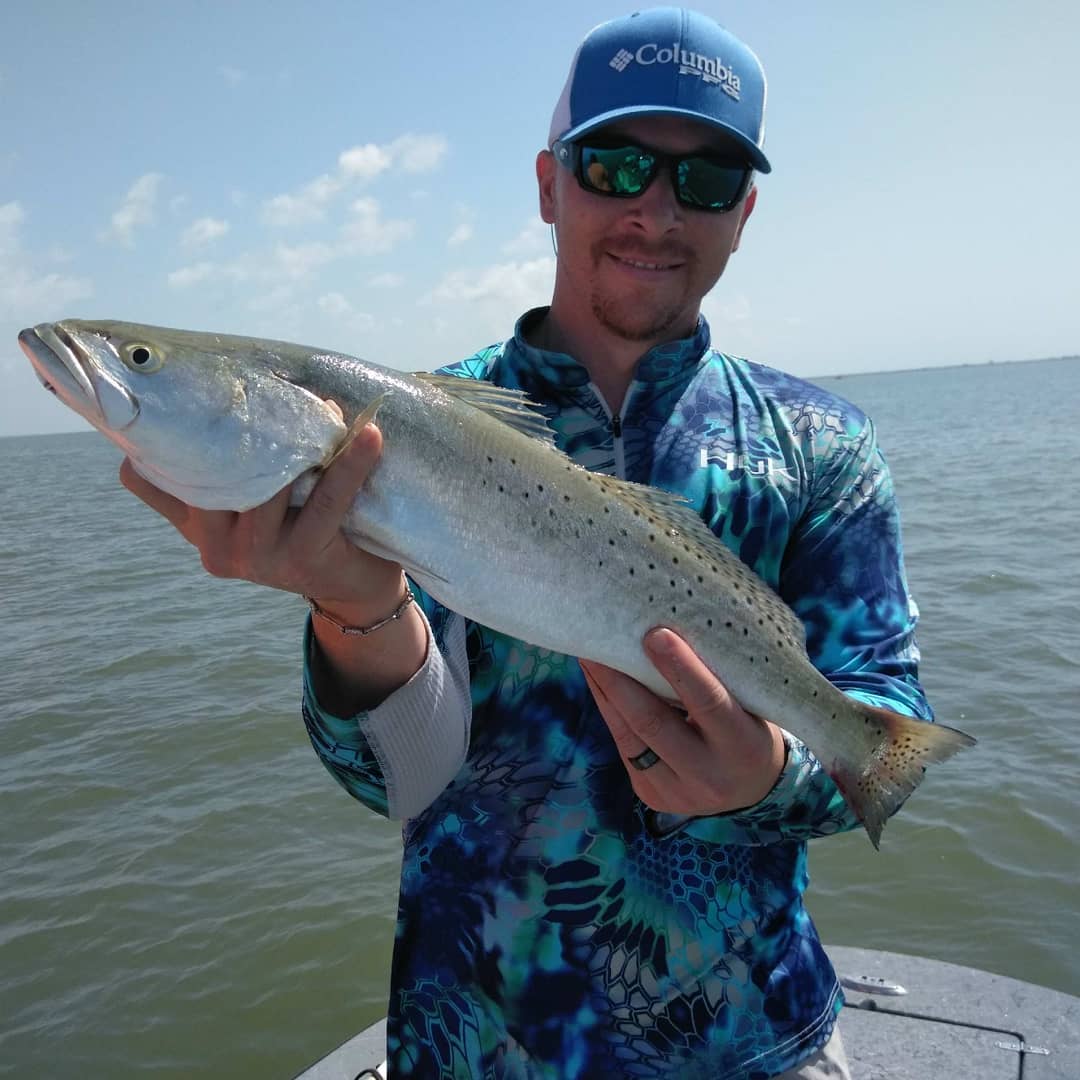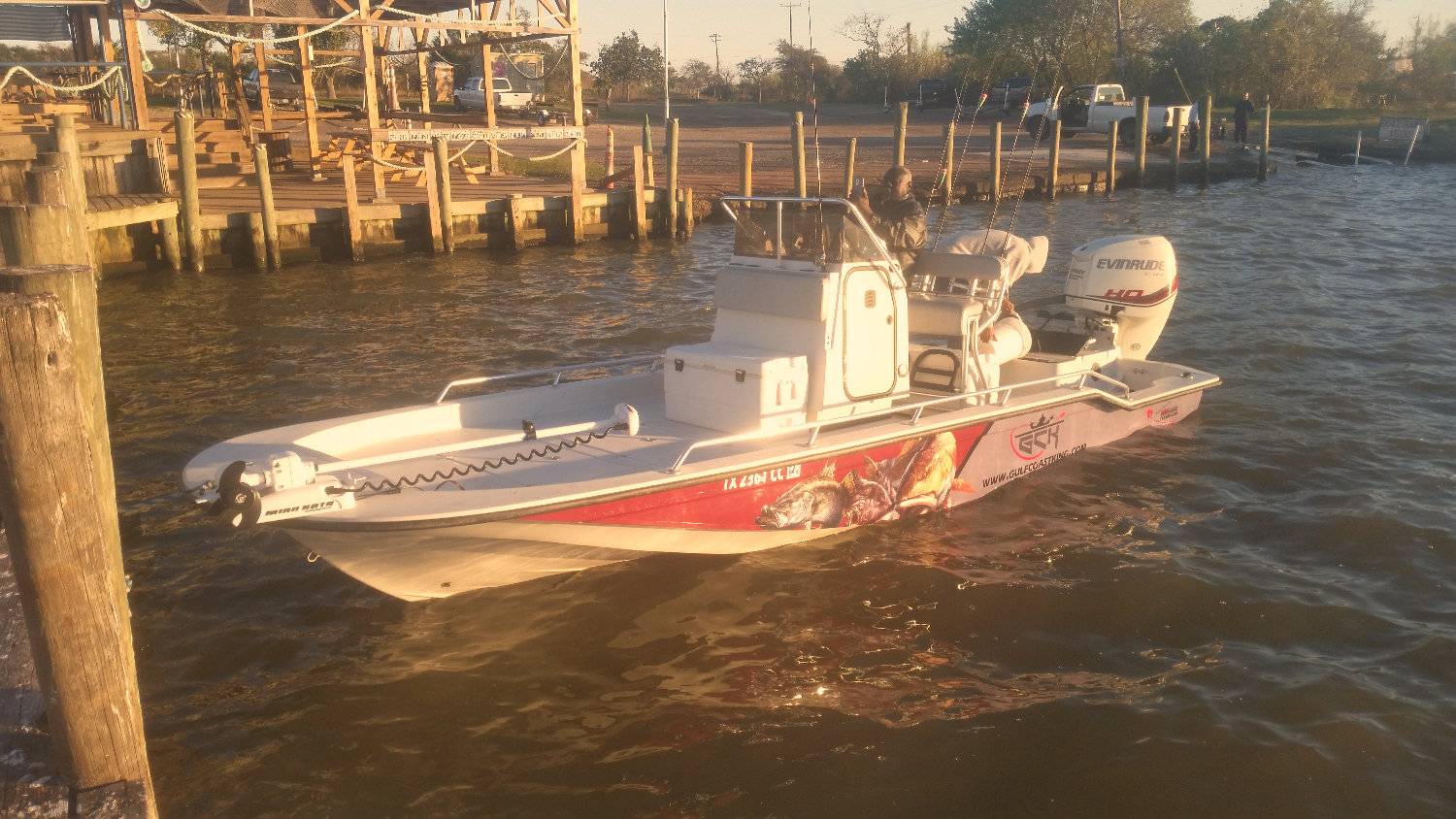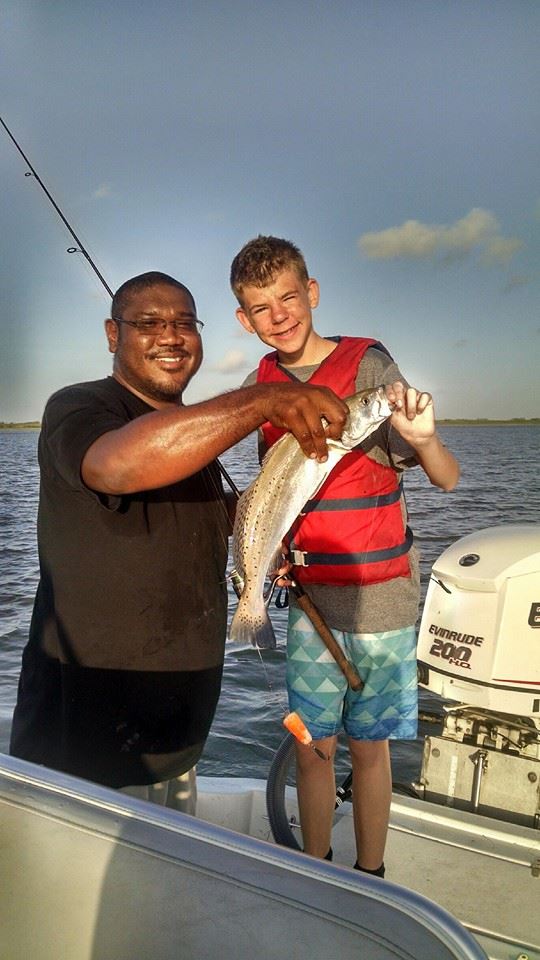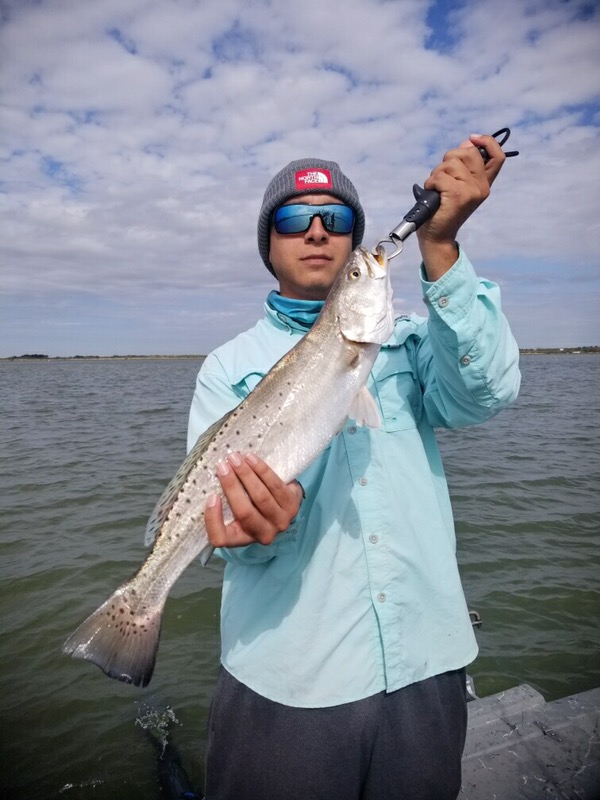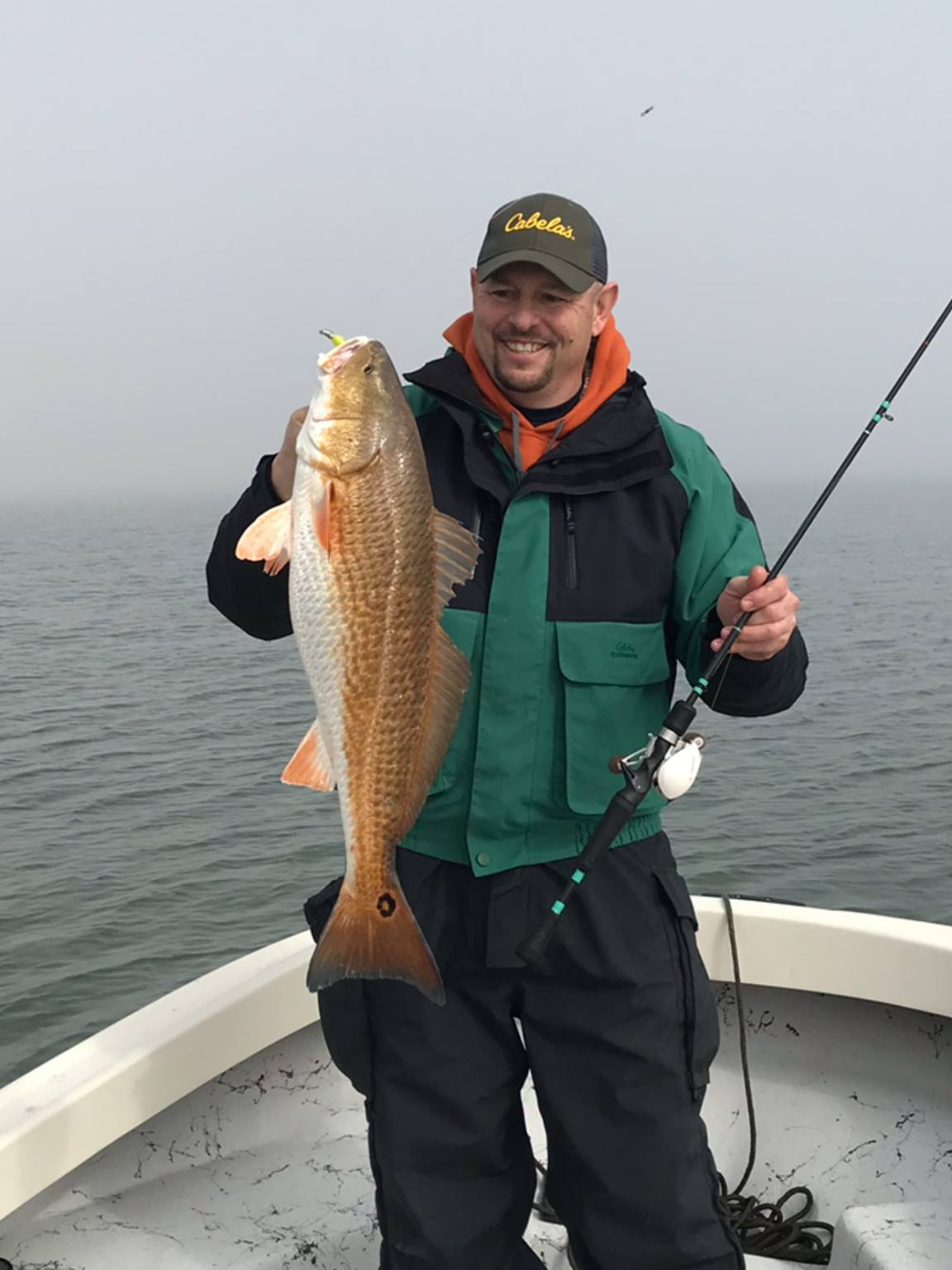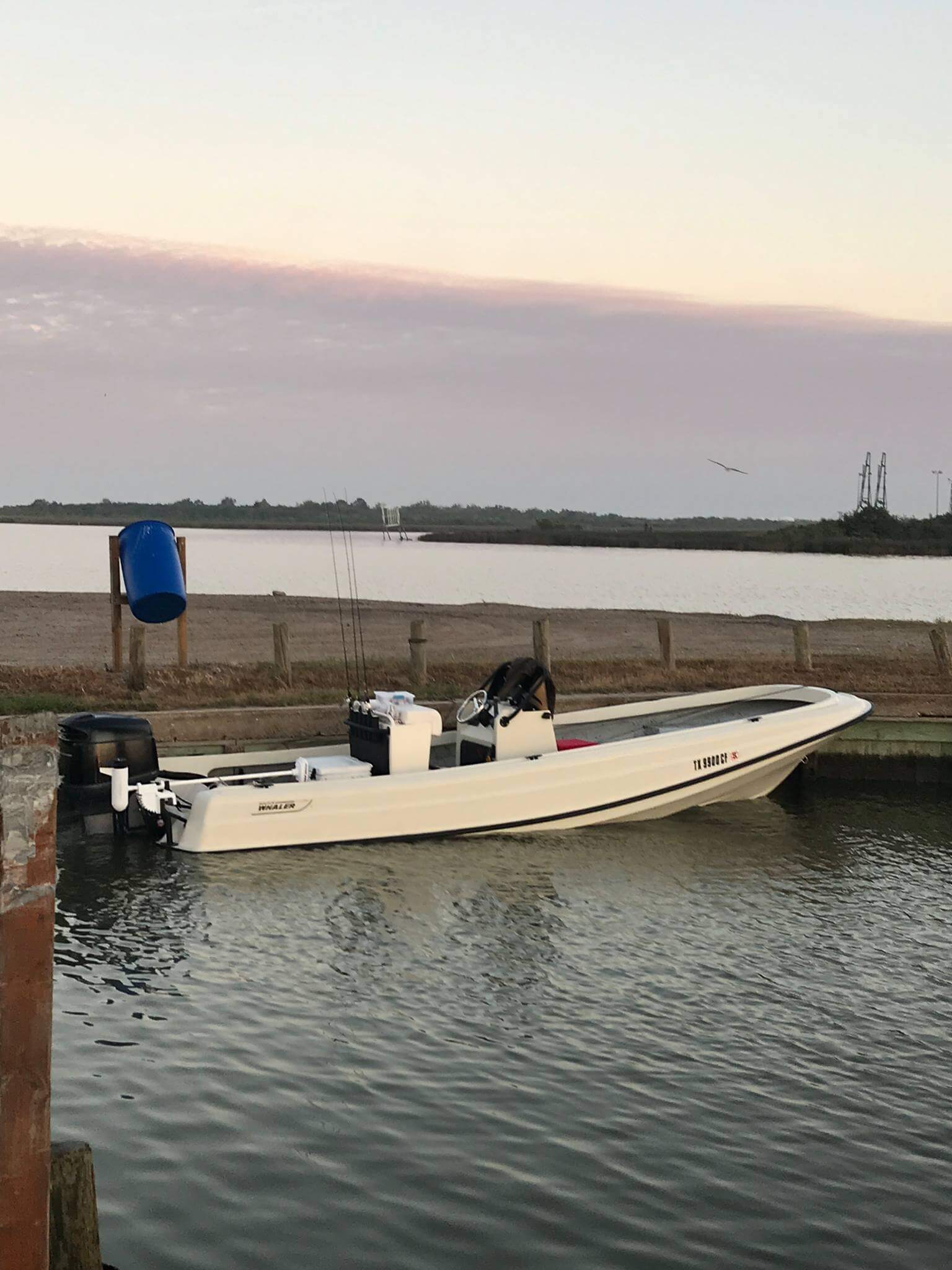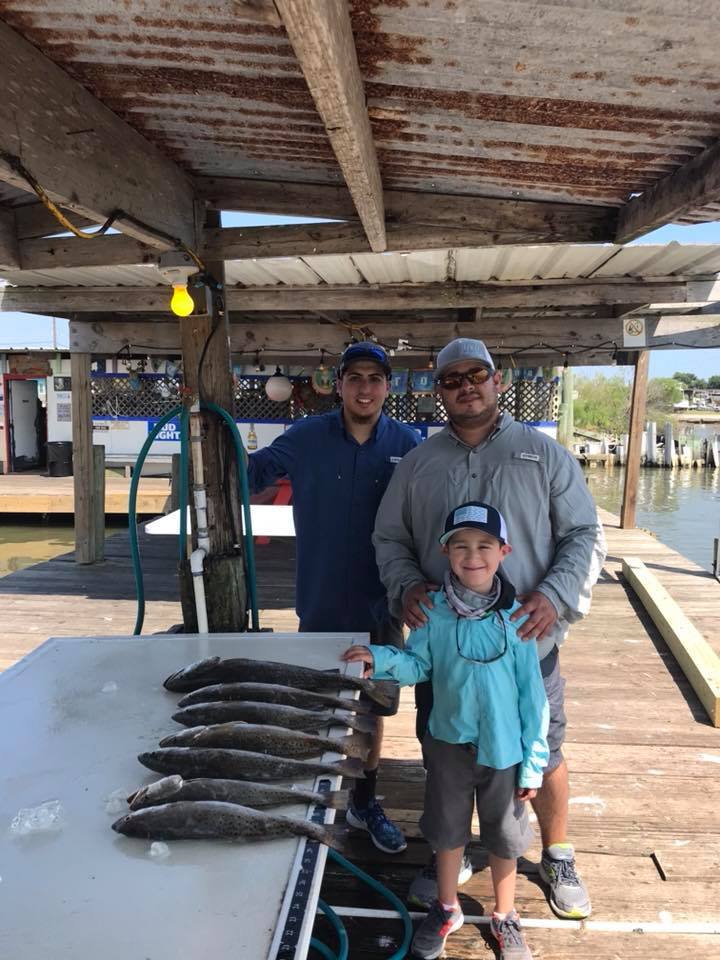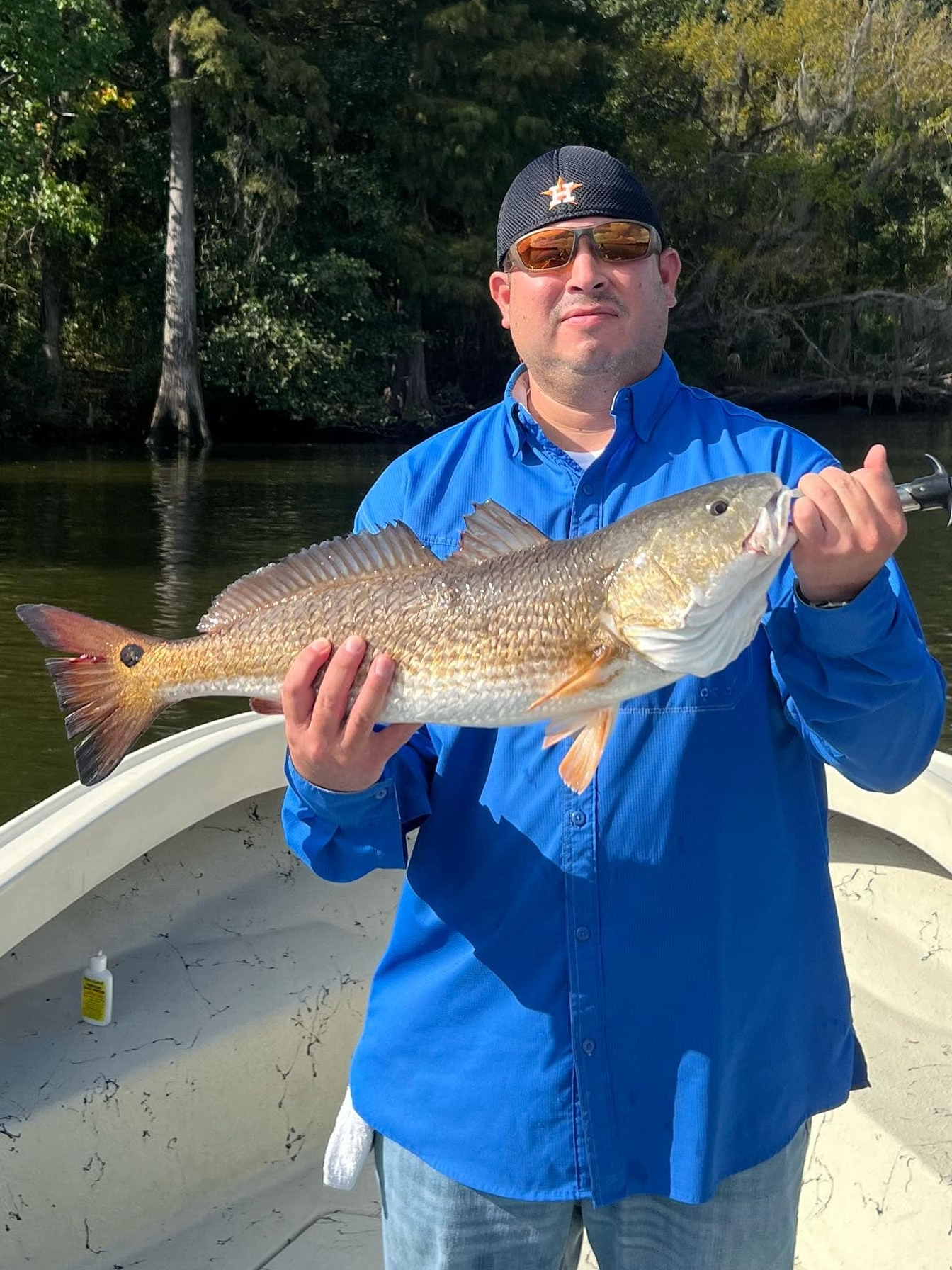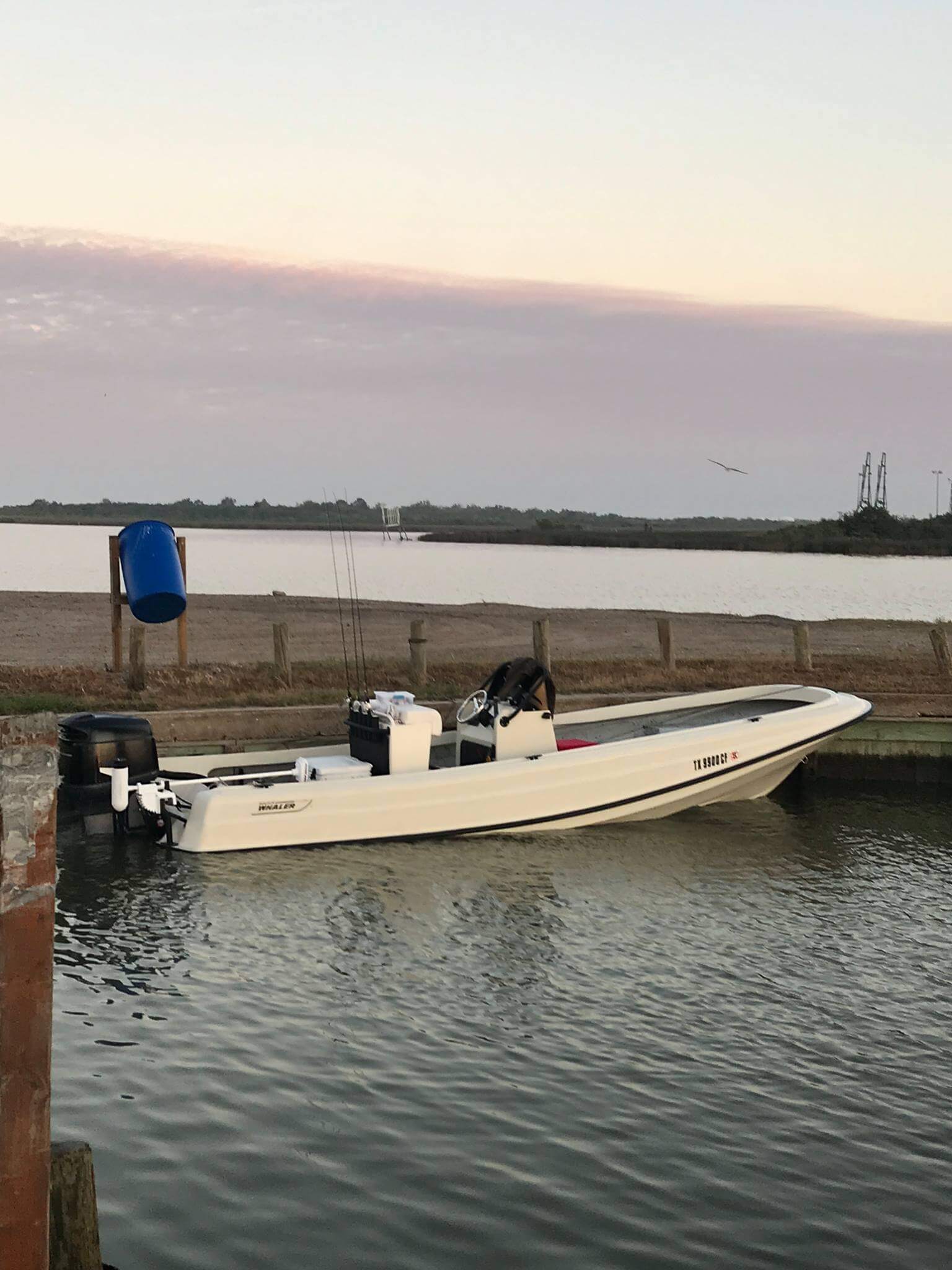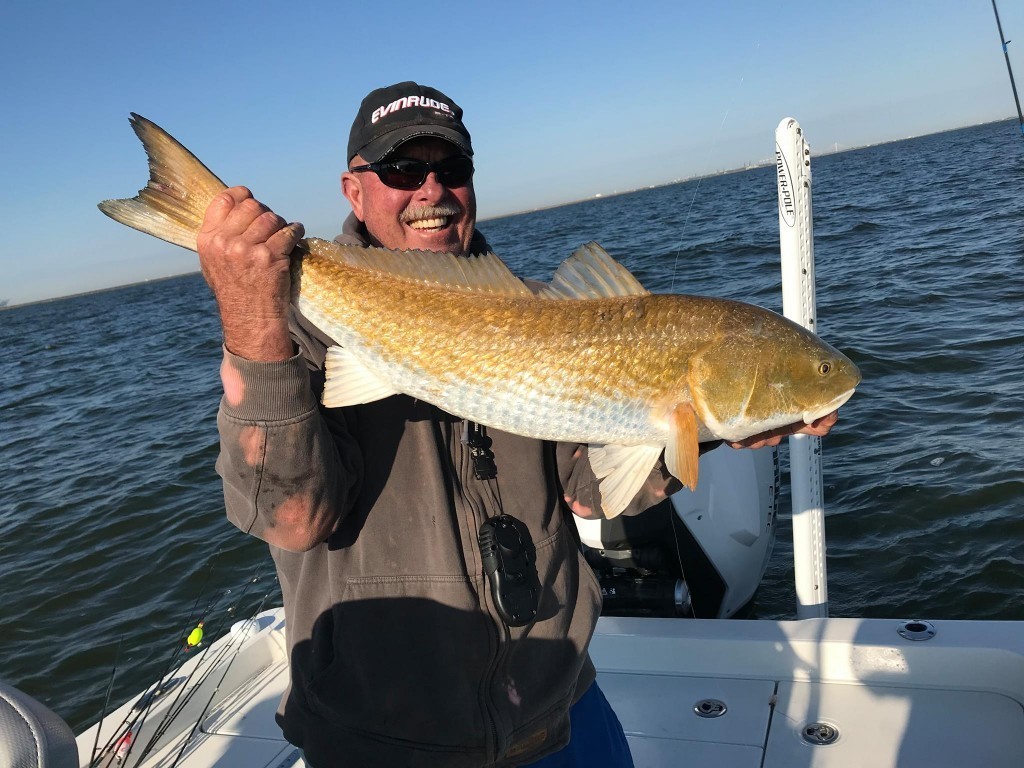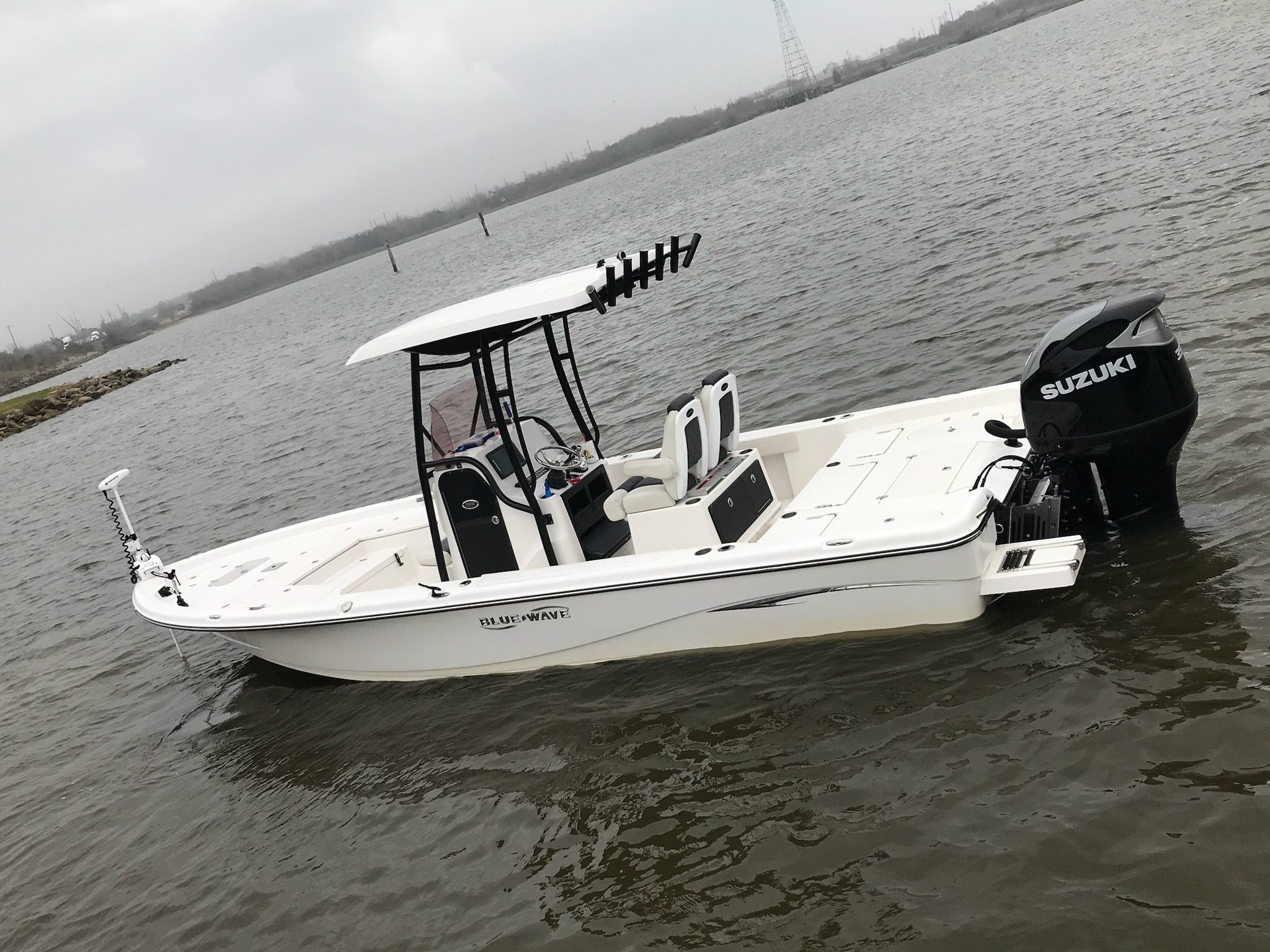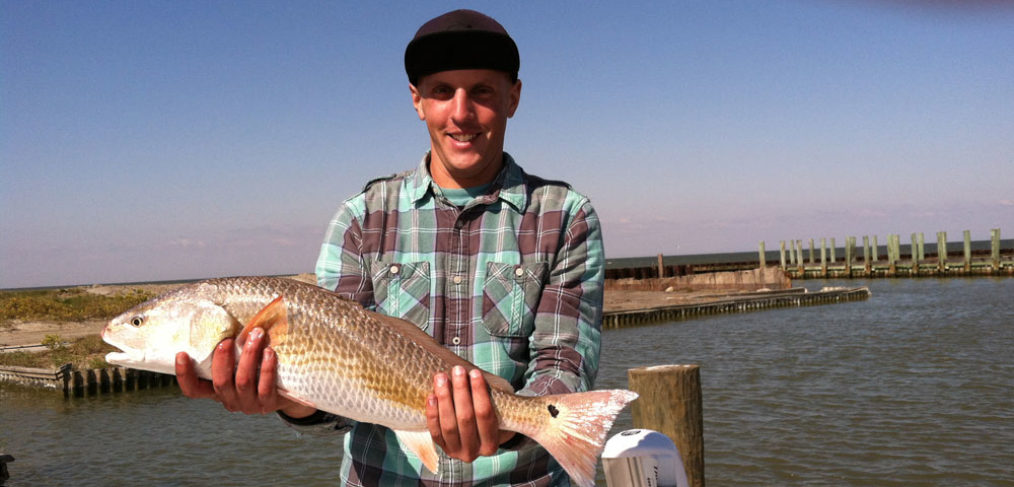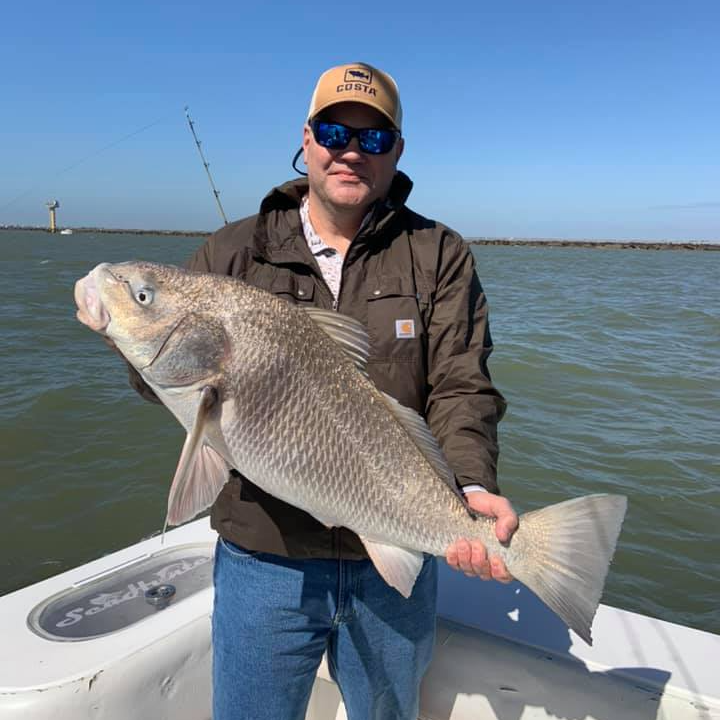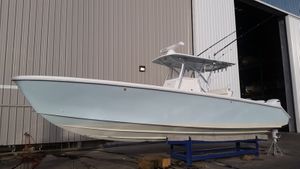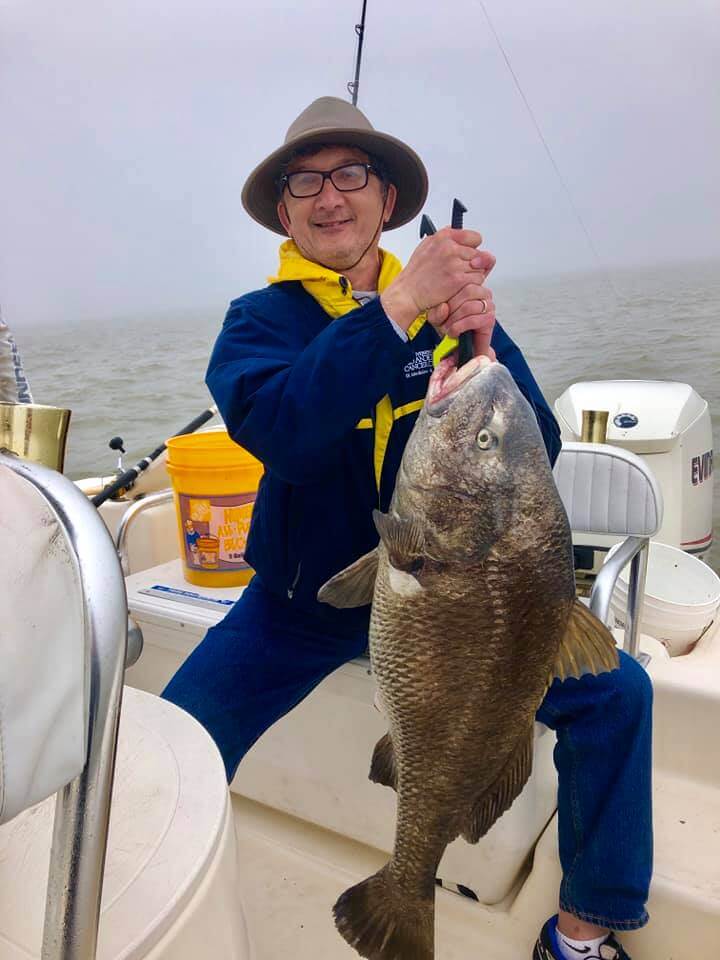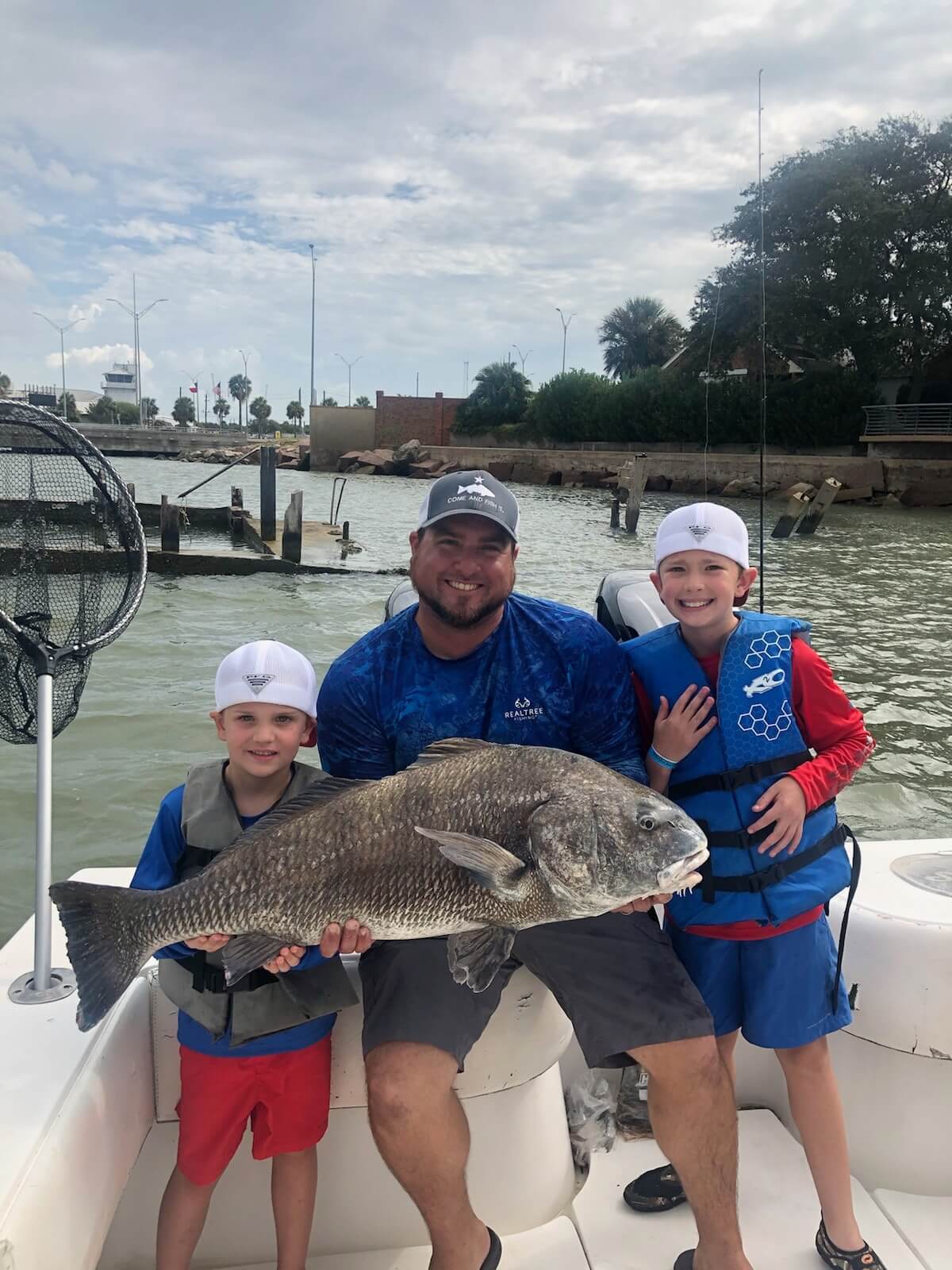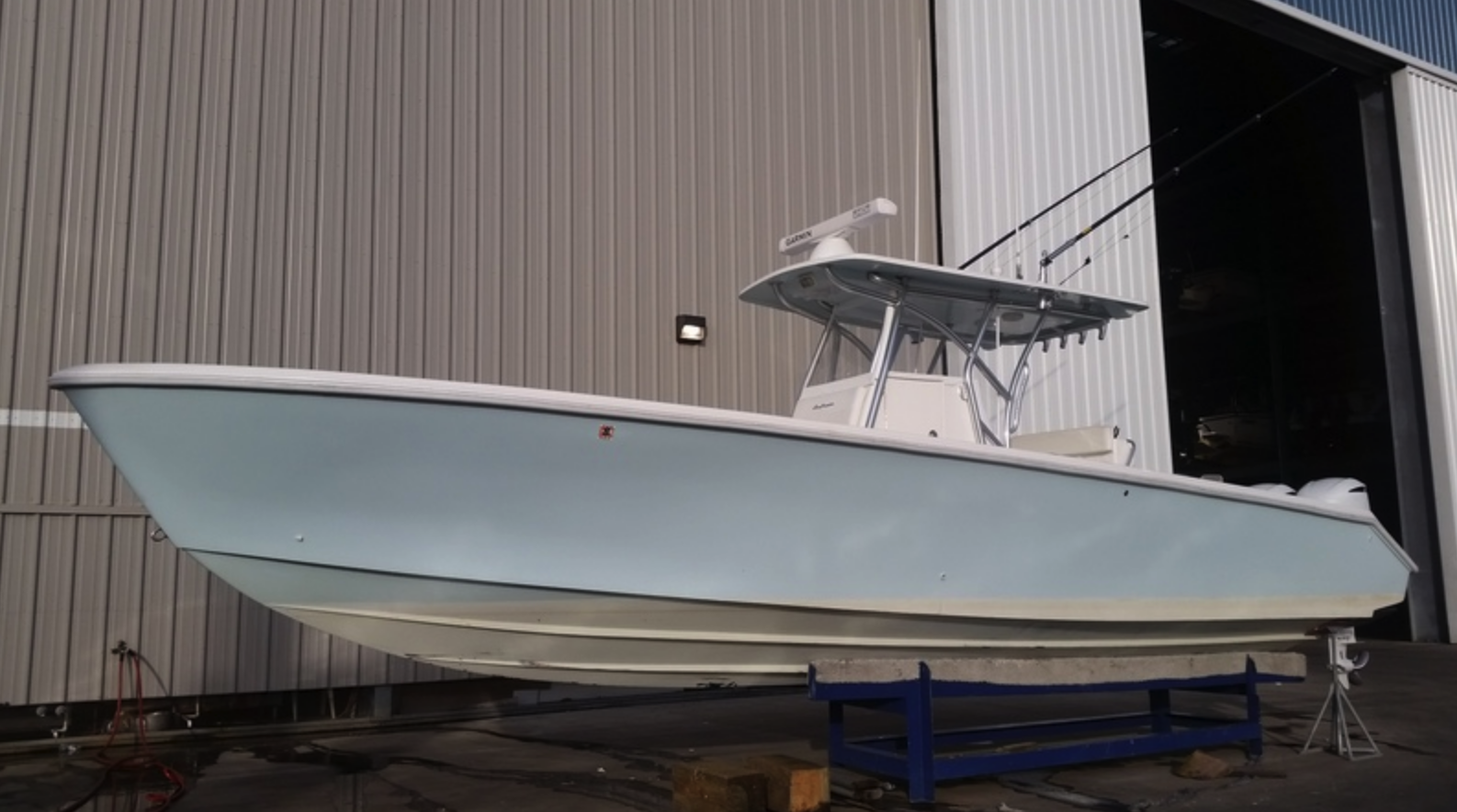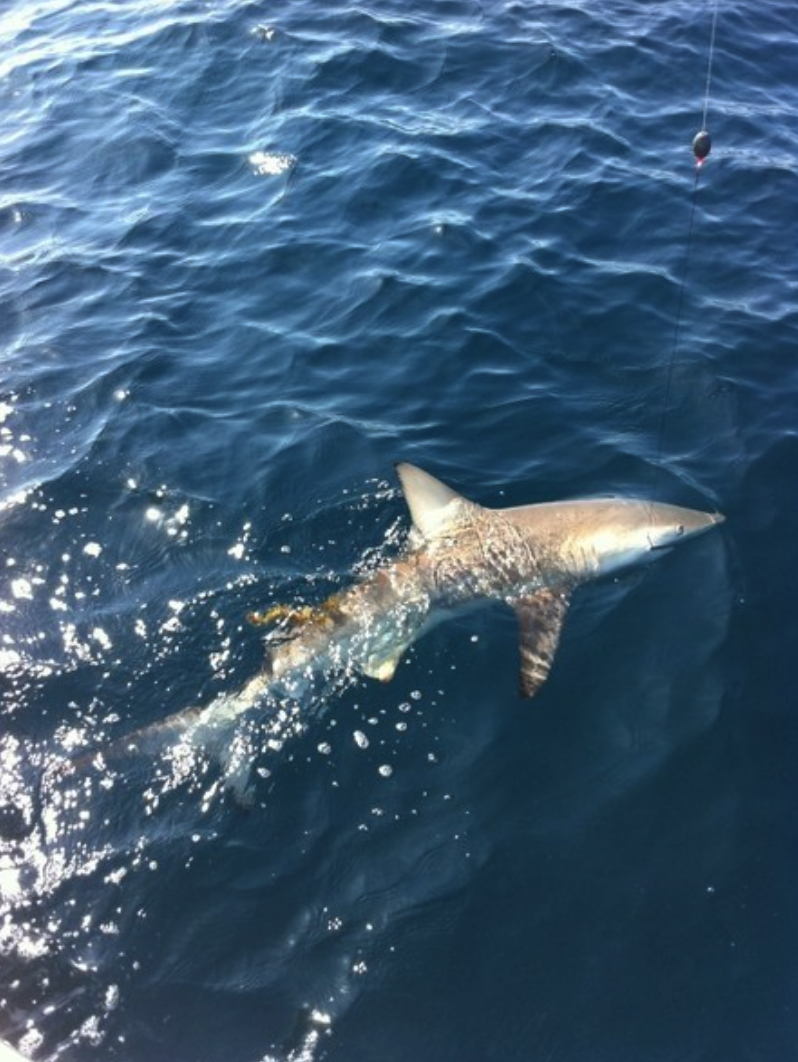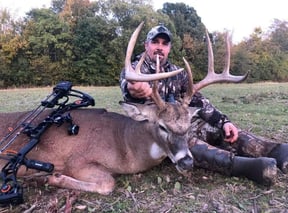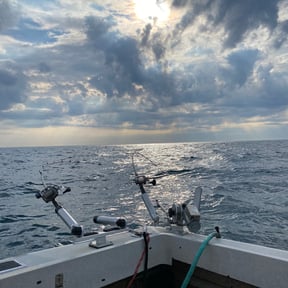Inshore, Flats Fishing in Chatham
Early Season Cape Cod Flyfishing
Early Season Striper 33’
Tuna Trip - 26' Regulator
West Bay Trip
Upper Galveston Bay Trip
Inshore, Nearshore Fishing in Galveston
22' Whaler Inshore
22' Whaler Inshore - Texas City
Galveston Inshore Trip
Nearshore, Jetty Fishing in Galveston
Bay And Jetty Fishing
Nearshore, Jetty Fishing in Galveston
Shark And Bull Drum Trip
We started Captain Experiences to make it easy to book fishing and hunting guides around the world. With over 2,000 Damn Good Guides, our platform makes finding and booking a trip seamless. Head here to check out our trips.
After a successful fishing trip, you may have brought home some fresh fillets to enjoy with your family and friends. It’s time for a fish fry! Here is a look at some of the equipment that can help make your fish fry a success.
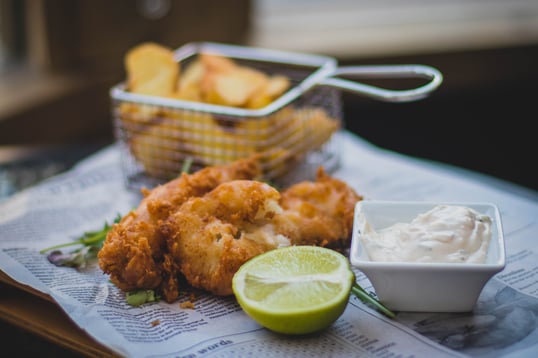
Deep Fryer for Fish
For a large crowd and lots of fish, you need a deep fryer. A typical deep fryer setup for fish consists of a propane tank connected to a stand with a burner plus a big pot for the frying. There is a special Teflon tape you can use on the hose fitting threads when connecting the propane tank to your frying stand that will decrease potential leaks.
These deep fryers are used outdoors, which keeps any fried food smells out of the house. Always follow the safety instructions that came with your fryer and propane tank. Also, be aware that some amount of oil is likely to spill on the ground around your deep-frying stand, so pick a location that will not be impacted by oil spots. If you have a smaller crowd, frying a few fish in a pan on the stove will work.
Fish Fry Utensils
In addition to the deep fryer equipment, you will need a special deep-frying thermometer. Not all thermometers are designed for frying. For example, most meat thermometers will not work with a deep fryer. Fish are best when fried at a temperature around 350 to 375 degrees, and the temperature may drop quickly as you add fillets to the hot oil. The thermometer helps you monitor the temperature throughout your cooking.
Tongs are a great tool for lowering fish into the frying pan. Never drop fish into hot oil from any distance because it will splash. Hot oil will burn anything that it touches. Two pairs of tongs are useful because the tongs get messy quickly. Use extreme caution when dealing with hot oil, and you might even consider wearing protective clothing the first time you try using a deep fryer.
A metal mesh skimmer is great for removing the fillets from the oil once they are fully cooked. Fried fish usually floats when done, and the skimmers typically have long handles to help you safely scoop up the floating fillets.
Fish Fry Prepping Materials
You need some basics like plates or baking sheets to hold the fish fillets. Two sets of baking sheets are best: one set for holding the uncooked fillets after they are battered; and, a second set for holding the cooked fillets after they are removed from the oil. Use wax paper on baking sheets to hold the battered fillets that are awaiting their turn in the deep fryer. Cover the second baking sheet with paper towels to hold the fish when they are removed from the frying pan.
Special fish batter shaker containers help evenly batter fillets. Several brands of battering containers are available. You put batter on the bottom side of the container and fish fillets on the top side. Holes separate the two sides of the container. You then shake and turn the container so that the batter coats the fish. When you are done shaking, the excess batter falls back through the holes while the battered fillets remain on top.
Fish Frying Ingredients
There are many great recipes for frying fish, and some of the main ingredients apply to most recipes. First, you need fresh fish fillets, which you hopefully caught on a recent successful fishing trip. Second, you need oil to fry the fish. Peanut oil is a solid choice for deep frying. We had someone with a peanut allergy attend a recent fish fry, and canola oil worked as well.
For batter, most of the standard fish fry batters from the grocery store will work. The main ingredient in most batter mixes is cornmeal, but some brands have more flavor than others. Depending on the recipe, you may also need some type of liquid to get the fillets wet so that the batter will stick to the fillets. Egg wash, buttermilk, water, and more may all be used to get the batter to stick.
After that, anything your crowd enjoys when eating fresh fish will do. Beverages, side dishes, sauces, and desert choices are plentiful. A fish fry is a fun, casual meal to celebrate your good fortune of a successful fishing adventure, so plan your menu accordingly.
Fish Fry Items - Recap
Here are the key items needed for a large, outdoor fish fry in a list.
Deep Fryer
Propane Tank and Teflon Tape
Deep Frying Pot
Deep-fry Thermometer
2 Sets of Tongs with Long Handles
Metal Mesh Skimmer with Long Handle
2 Baking Sheets
Wax Paper
Paper Towels
Fish Batter Shaker Container
Fish Fillets
Oil
Batter
Always stay safe by following suggested safety guidelines when using propane and cooking with hot oil. We at Captain Experiences hope that you enjoy your next fishing adventure and that you are lucky enough to take home a few fillets for your own fish fry.
Joey Butrus
Updated on December 12, 2022

July 1, 2024
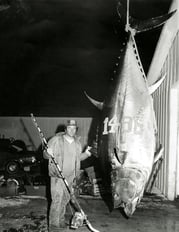
June 3, 2021

June 22, 2022

June 28, 2023

November 15, 2023
Related Articles
September 19, 2022
April 19, 2023
October 1, 2022
Featured Locations
- Fishing Charters Near Me
- Austin Fishing Guides
- Biloxi Fishing Charters
- Bradenton Fishing Charters
- Cabo San Lucas Fishing Charters
- Cancun Fishing Charters
- Cape Coral Fishing Charters
- Charleston Fishing Charters
- Clearwater Fishing Charters
- Corpus Christi Fishing Charters
- Crystal River Fishing Charters
- Dauphin Island Fishing Charters
- Daytona Beach Fishing Charters
- Destin Fishing Charters
- Fort Lauderdale Fishing Charters
- Fort Myers Fishing Charters
- Fort Walton Beach Fishing Charters
- Galveston Fishing Charters
- Gulf Shores Fishing Charters
- Hatteras Fishing Charters
- Hilton Head Fishing Charters
- Islamorada Fishing Charters
- Jacksonville Fishing Charters
- Jupiter Fishing Charters
- Key Largo Fishing Charters
- Key West Fishing Charters
- Kona Fishing Charters
- Lakeside Marblehead Fishing Charters
- Marathon Fishing Charters
- Marco Island Fishing Charters
- Miami Fishing Charters
- Montauk Fishing Charters
- Morehead City Fishing Charters
- Naples Fishing Charters
- New Orleans Fishing Charters
- New Smyrna Beach Fishing Charters
- Ocean City Fishing Charters
- Orange Beach Fishing Charters
- Panama City Beach Fishing Charters
- Pensacola Fishing Charters
- Pompano Beach Fishing Charters
- Port Aransas Fishing Charters
- Port Orange Fishing Charters
- Rockport Fishing Charters
- San Diego Fishing Charters
- San Juan Fishing Charters
- Sarasota Fishing Charters
- South Padre Island Fishing Charters
- St. Augustine Fishing Charters
- St. Petersburg Fishing Charters
- Tampa Fishing Charters
- Tarpon Springs Fishing Charters
- Venice Fishing Charters
- Virginia Beach Fishing Charters
- West Palm Beach Fishing Charters
- Wilmington Fishing Charters
- Wrightsville Beach Fishing Charters
